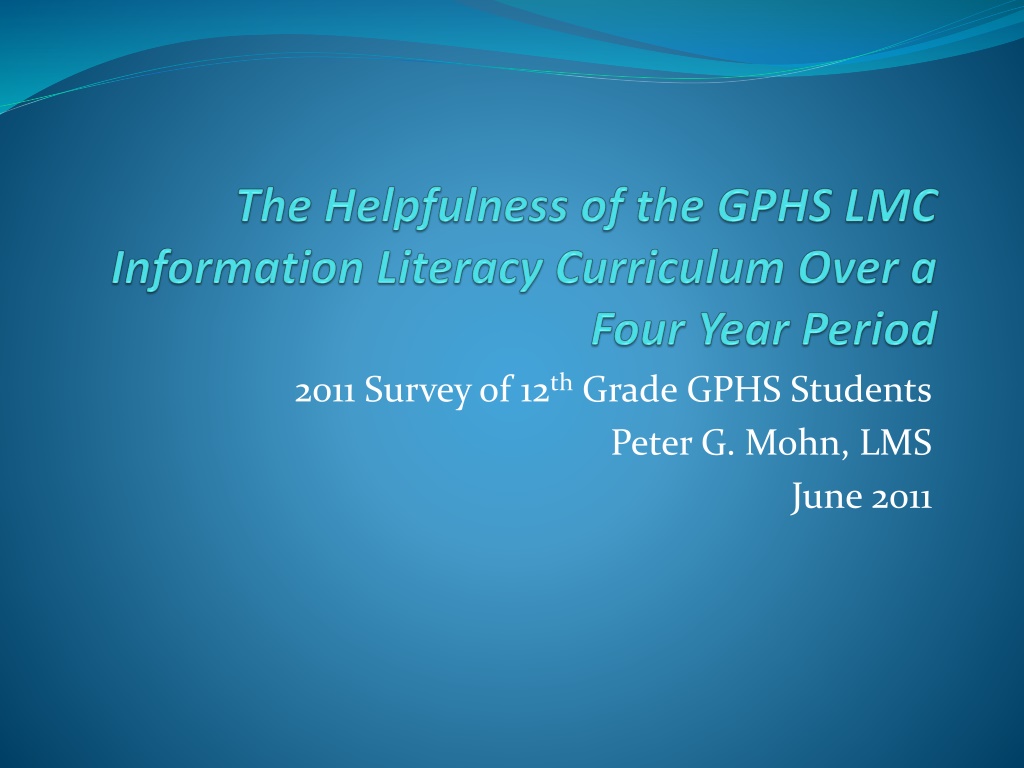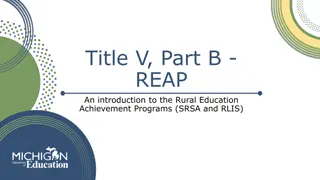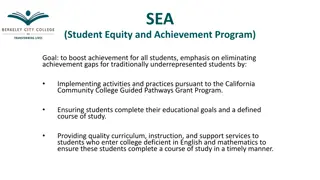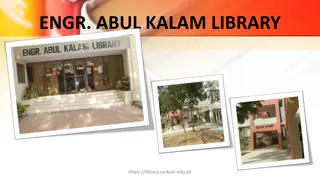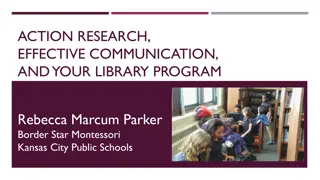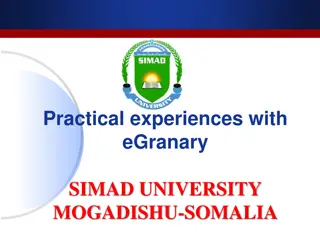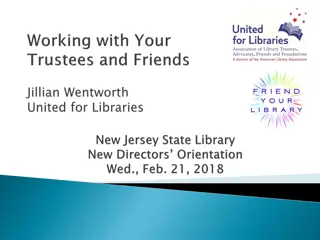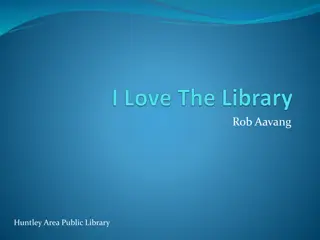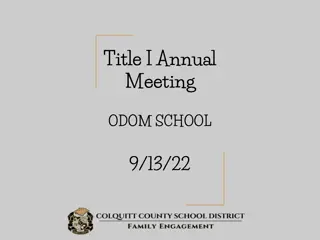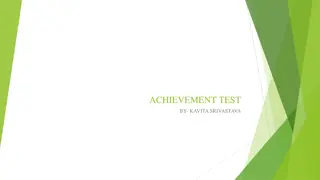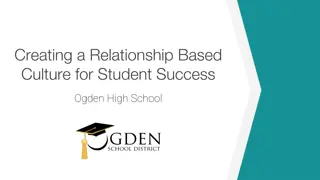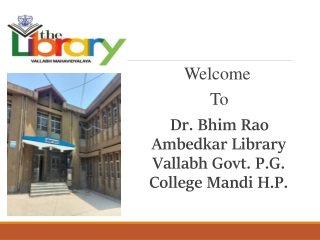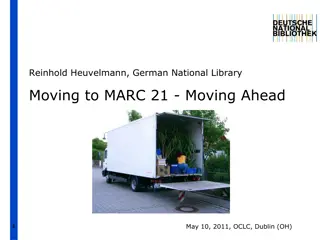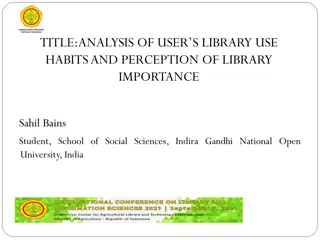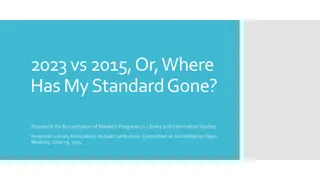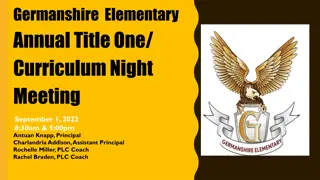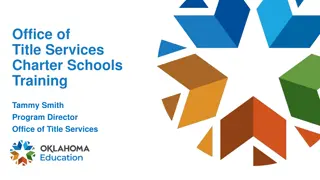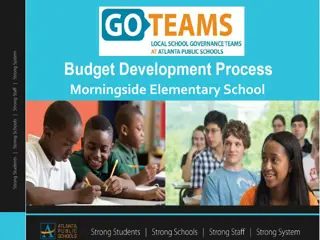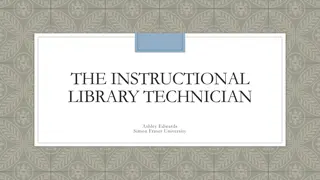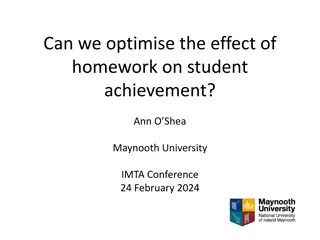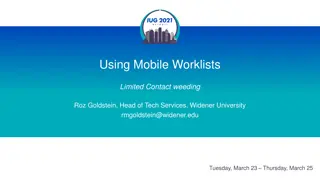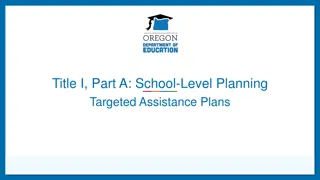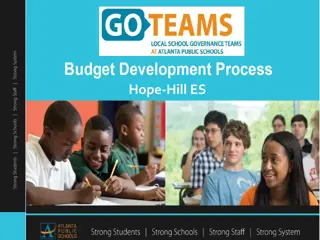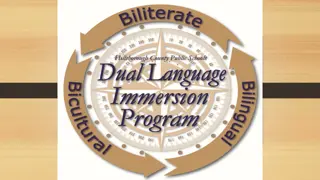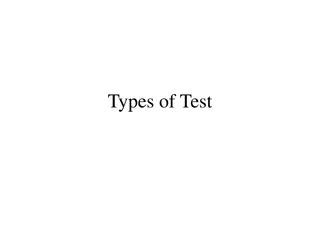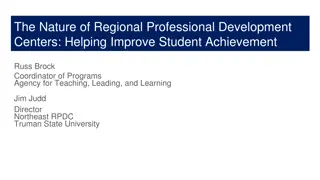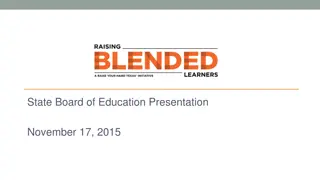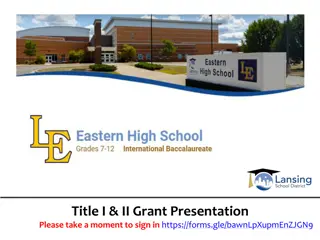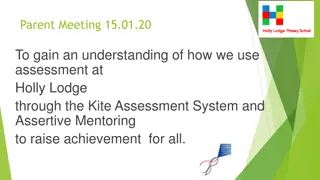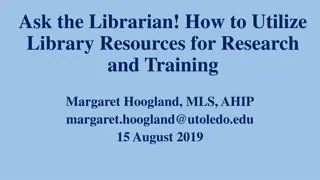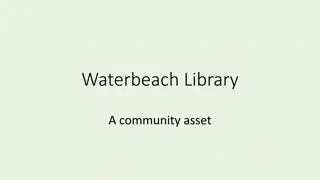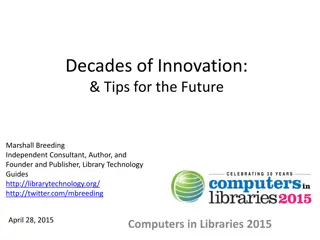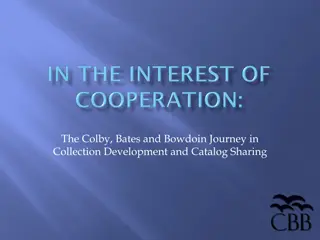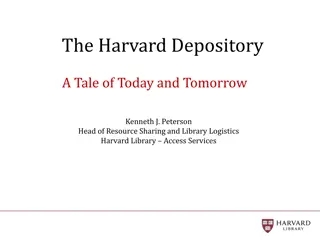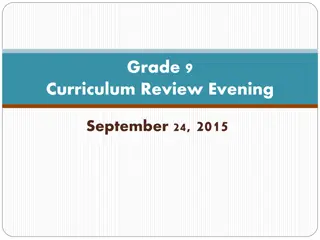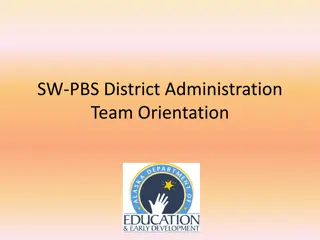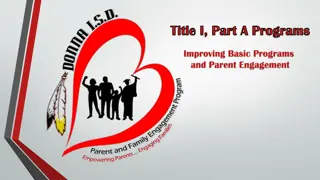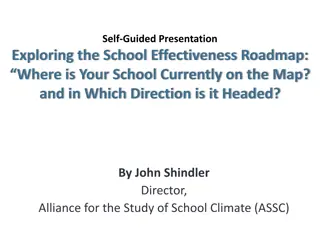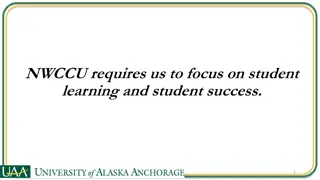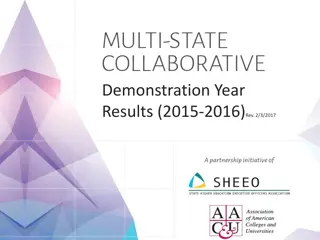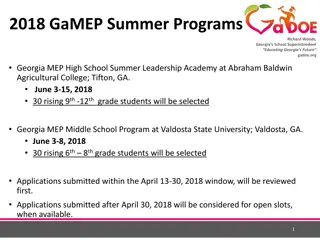Impact of School Library Programs on Student Achievement: A Review
Research studies since the 1950s have shown the significant impact of properly structured school library programs on student achievement. This review explores the effectiveness of the library program at a high school over a four-year period, analyzing changes in resources, technology, and curriculum alignment. It emphasizes the key characteristics of successful school library programs, such as qualified staff, collaborative learning, information literacy focus, and access facilitation through technology.
Download Presentation

Please find below an Image/Link to download the presentation.
The content on the website is provided AS IS for your information and personal use only. It may not be sold, licensed, or shared on other websites without obtaining consent from the author. Download presentation by click this link. If you encounter any issues during the download, it is possible that the publisher has removed the file from their server.
E N D
Presentation Transcript
2011 Survey of 12thGrade GPHS Students Peter G. Mohn, LMS June 2011
Introduction The 2010 student survey of 9thgrade students showed a significant decrease in the effectiveness of the LMC on impacting student achievement Tremendous curricula and physical changes have taken place in the high school curricula since 2005 SFC closed, GPHS opened in 2008 Students must pass the HSPE and EOC exams to graduate from high school English department revamped its high school curricula to match HSPE exams Social Studies department revamped its high school curricula to include CBAs Science department revamped its curricula to match EOC exams
Introduction cont. Four grades compete for recession impacted LMC resources Expansion of Internet sources changed research processes Increase of computer access - 56 thin client workstations & 8 desktop computers Have these changes impacted the effectiveness of the LMC program during the four year span of the graduating class of 2011?
Literature Review Research studies since the 1950s demonstrate school libraries have a significant impact on student achievement 20 state-wide library studies have been conducted since 1999 Todd, Kuhlthau and OELMA s 2004 Student Learning Through Ohio School Libraries student survey looked at how school libraries actually help students 2004 & 2005 SFC student surveys used this study to determine if the SFC LMC was an effective library program (it was an effective library program)
Literature Review cont. Effective school library programs have these characteristics: Adequate and appropriately credentialed library and support staff School librarians involvement in collaborative learning and instructional design centering on information literacy Developing print and digital collections and identifying resources for classroom teachers Motivating students to read Administering a curriculum-centered library program Facilitating access through responsive school library hours, flexible scheduling, and information technology (for catalogs, databases, and World Wide Web).
Hypotheses H1= There is no difference between the student survey percentages of the 2010 9thgrade study and the 2011 12th grade study. H2= There is no difference between the student survey means of the 2010 9thgrade student study and the 2011 12th grade study. H3= There is no difference between the Most Helpful percentages of the 2005 9thgrade study and the 2011 12th grade study. H4= There is no significant differences between the block means of the 2010 9thstudy and the 2011 12thgrade study. H5= There is no significant different between gender usage of the 2010 9thgrade study and the 2011 12thgrade study.
Results H1= There were significant differences between the student survey percentages of the 2010 9thgrade study and the 2011 12thgrade study 21 of the 2011 survey statements for percentages of students helped were 10% or higher than in 2010 study 18 of the 2011 survey statements for percentages of students helped were 5% or higher than in 2010 study 20 of the survey statements had helpful percentages above 90% (including 2 at 100%); another 17 had helpful percentages above 80% The increase in the LMC helping 12thgrade students over four years were in the core missions of school libraries Information retrieval for students needs Using information to complete school work Helping students with their school work Using computers Student general reading interests Providing information help when not at school
Results H2= There were significant differences between the student survey means of the 2010 9thgrade student study and the 2011 12th grade study Individual means for 53 of the 57 statements were higher for the 2011 study by as much as a whole point on a five point Likert scale Causes for this increase include a large decrease in percentages of students marking No Help on survey More students marking Most Helpful in 18 statements of 5 percentage points or more Largest increases in responses were for statements in Information retrieval for students needs Using information to complete school work Helping students with their school work Using computers Providing information help when not at school
Results H3= There were significant differences between the Most Helpful percentages of the 2010 9thgrade study and the 2011 12thgrade study 9 of the 2011 survey statements for Most Helpful were 10% or higher than in 2010 9 of the 2011 survey statements for Most Helpful were 5% or higher than in 2005 Most Helpful for getting students interested in computers & helping students with a personal concern or issue were more than 5% higher in 2010 The greatest increases in Most Helpful responses were in: Information retrieval for students needs Using information to complete school work Using computers
Results H4= There were significant differences between the block means of the 2010 9thstudy and the 2011 12thgrade study There were significant increases in the block mean to the P<0.0005 level in information retrieval in the 2011 study There were significant increases to block mean to the P<0.05 level in helping students with their school work in the 2011 study There were significant increases to block means to the P<0.1 level in the 2011 study for Using information to complete school work Using computers General academic achievement There were no differences in block means for : General reading Providing information help when not at school In addition, there was no significant differences between the 2005 9th grade student survey and the 2011 12thgrade student survey
Results H5= There is no significant different between gender usage of the 2010 9thgrade study and the 2011 12thgrade study The helpfulness of the LMC shows no significant differences between genders in both studies Females in the 2011 study had the same increases in using the LMC as males did compared to the 2010 student survey in survey percentages, individual survey means and in all block means.
Conclusions Changes in the high school curricula for 10ththrough 12thgrade has not significantly impacted how the LMC helps students over the 2005 9thgrade study Research projects for 9thgrade students are almost non-existent in 2011 Department wide research projects occur in 10thgrade health classes & for senior projects Seniors who had Mr. Morgan, Mr. King and Mr. Parker completed sustained research projects during their four years Research is limited to reference level questions; little demand for students to critically think about issues Student increase (not at significant levels) in using LMC for general reading Student decrease in using LMC for reading non-fiction books Increase in the number of computers aiding students in their school work Using Google for research only Increase of English dept for using LMC as a writing lab No instruction on evaluating web resources For 9thgrade students the LMC is no longer an effective program to help them with their academic achievement
Recommendations Vertical alignment of secondary information skills curriculum for short & sustained research assignments Use Common Core State Standards for research to identify short and sustained high school research assignments Implement department-wide research assignments using identified short & sustained high school research assignments Change research questions so students have to critically think or problem solve a research issue Expand information resources used by all grades to include non-fiction books, reference sources, premium databases, magazines, newspapers, conference papers, transcripts and Internet resources (Common Core goal) Identify & purchase non-fiction resources for these research assignments over the next few years
